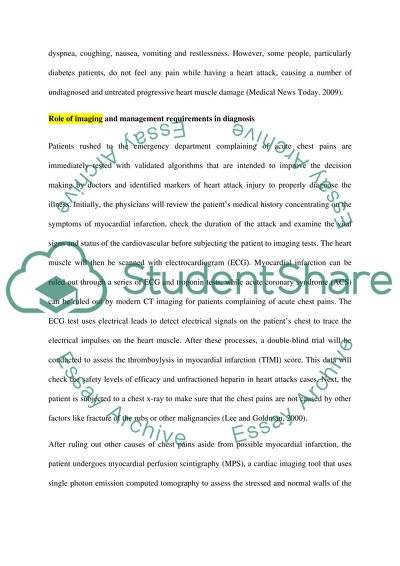Cite this document
(“Health Sciences - Heart Attack Essay Example | Topics and Well Written Essays - 1500 words”, n.d.)
Retrieved from https://studentshare.org/health-sciences-medicine/1456559-heart-attack
Retrieved from https://studentshare.org/health-sciences-medicine/1456559-heart-attack
(Health Sciences - Heart Attack Essay Example | Topics and Well Written Essays - 1500 Words)
https://studentshare.org/health-sciences-medicine/1456559-heart-attack.
https://studentshare.org/health-sciences-medicine/1456559-heart-attack.
“Health Sciences - Heart Attack Essay Example | Topics and Well Written Essays - 1500 Words”, n.d. https://studentshare.org/health-sciences-medicine/1456559-heart-attack.


